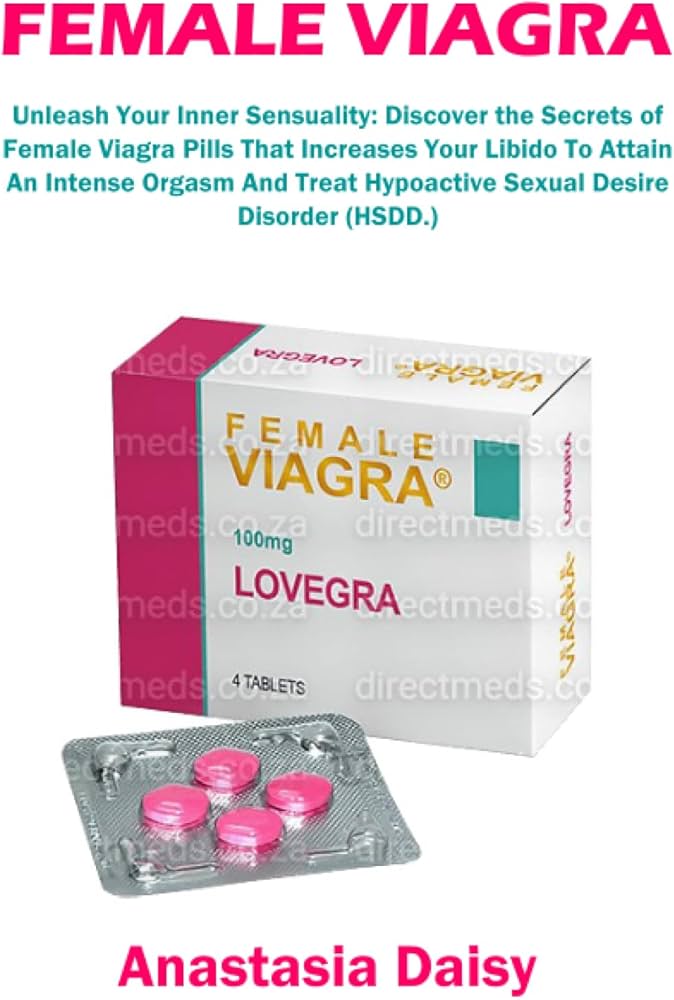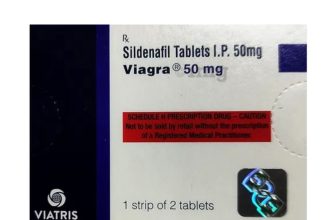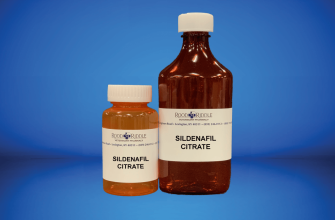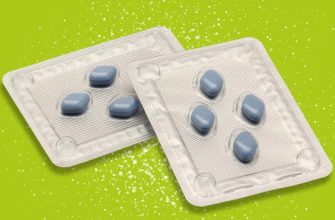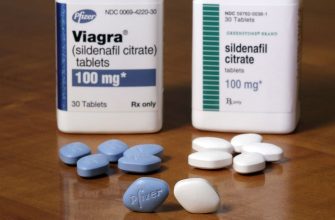Consider exploring options like flibanserin, a non-hormonal medication approved for premenopausal women with hypoactive sexual desire disorder. It works differently than Viagra, targeting brain chemistry rather than blood flow. This means it addresses the desire aspect of sexual function, not just the physical response.
Another approach involves addressing underlying medical conditions. Many factors, from hormonal imbalances to chronic illnesses, affect libido. Consulting your doctor is key to identifying and treating these potential issues, paving the way for improved sexual health. Open communication with your healthcare provider is absolutely vital for a tailored treatment plan.
Lifestyle adjustments can also significantly impact sexual desire. Regular exercise, a balanced diet, and stress reduction techniques contribute to overall well-being and can positively affect libido. Prioritizing sleep and managing anxiety are equally important aspects of this holistic approach.
Remember: There is no one-size-fits-all solution. The best path forward depends on individual circumstances and requires a collaborative approach with a healthcare professional. Don’t hesitate to discuss your concerns openly and honestly for the most effective results.
- Female Viagra for Women: A Comprehensive Guide
- Understanding Female Sexual Dysfunction
- What is “Female Viagra” and How Does it Work?
- Different Types of Female Sexual Dysfunction Treatments
- Hormone Therapy
- Lifestyle Changes
- Medication
- Counseling and Therapy
- Other Treatments
- Efficacy and Safety of Female Viagra: What the Research Shows
- Potential Side Effects and Drug Interactions
- Finding the Right Treatment: Consulting a Healthcare Professional
- Understanding Your Options
- Open Communication is Key
- Follow-Up Care
Female Viagra for Women: A Comprehensive Guide
Flibanserin (Addyi) is currently the only FDA-approved medication for hypoactive sexual desire disorder (HSDD) in premenopausal women. It’s a non-hormonal medication that affects brain chemistry to potentially increase sexual desire.
Before starting Flibanserin, discuss your medical history, including any medications you take, with your doctor. This includes antidepressants, as interactions can occur. Alcohol consumption should be avoided while taking Flibanserin due to potential side effects like low blood pressure and fainting.
Common side effects include dizziness, nausea, drowsiness, and sleepiness. These usually subside after a few weeks. Serious side effects are rare but include low blood pressure and fainting. Report any concerning side effects to your physician immediately.
Other treatments for HSDD include counseling, relationship therapy, and lifestyle changes like stress reduction techniques. These options can be beneficial alone or in conjunction with medication.
Bremelanotide (Vyleesi) is another medication, administered via injection, that increases sexual desire in premenopausal women with HSDD. Discuss the benefits and risks with your doctor to determine if it’s suitable for you. This option involves self-injection, so proper training is necessary.
Remember, improving sexual health involves a holistic approach. Discuss all your options with a healthcare provider to create a personalized plan that addresses your specific needs and concerns. They can assess your individual situation and provide the best recommendations for you.
Understanding Female Sexual Dysfunction
Female sexual dysfunction encompasses a range of issues impacting sexual desire, arousal, orgasm, or satisfaction. Approximately 40% of women experience some form of sexual difficulty at some point in their lives.
Several factors contribute: hormonal imbalances (like those related to menopause or thyroid conditions), psychological factors (such as stress, anxiety, or relationship problems), medical conditions (including diabetes and heart disease), and medications (antidepressants, for example).
Recognizing symptoms is key. These can vary widely, but may include decreased libido, difficulty becoming aroused, pain during intercourse (dyspareunia), and infrequent or absent orgasms. Open communication with your doctor is vital for accurate diagnosis.
Treatment approaches are tailored to the individual. Options range from lifestyle changes (such as stress reduction techniques and improved communication with your partner) to hormonal therapy, medication (like flibanserin, often referred to as “female Viagra”), and psychotherapy.
| Factor | Potential Impact | Possible Solutions |
|---|---|---|
| Hormonal Changes | Decreased libido, vaginal dryness | Hormone replacement therapy, lubricants |
| Relationship Issues | Lack of desire, difficulty with arousal | Couples therapy, improved communication |
| Medical Conditions | Pain during intercourse, decreased sensation | Addressing underlying medical conditions |
| Medications | Decreased libido, difficulty with orgasm | Medication adjustment or alternative medication |
Seeking professional help isn’t a sign of weakness; it’s a proactive step towards improving your sexual health and well-being. A healthcare provider can guide you through evaluation and treatment options, ensuring a personalized approach.
What is “Female Viagra” and How Does it Work?
There isn’t one single “Female Viagra.” The term refers to medications that address different aspects of female sexual dysfunction.
- Flibanserin (Addyi): This medication targets brain chemistry, specifically serotonin, dopamine, and norepinephrine levels. It aims to increase sexual desire. It’s taken daily, not just before sexual activity. Note: It can cause side effects like dizziness and low blood pressure.
- Bremelanotide (Vyleesi): This is an injection administered 45 minutes before anticipated sexual activity. It works by affecting melanocortin receptors, impacting brain areas related to sexual response. Side effects can include nausea and flushing.
- Other treatments: Several other medications, like testosterone or ospemifene, may be used to treat specific sexual dysfunction issues, but are not considered “Female Viagra”. Your doctor can determine the appropriate treatment based on your individual needs.
It’s crucial to understand that these medications aren’t a “quick fix” and individual responses vary. Some women experience significant improvement, others see minimal changes. The effectiveness depends on the underlying cause of sexual dysfunction and individual factors.
Before starting any medication for sexual dysfunction, consult a healthcare professional. They can perform a thorough evaluation, rule out other medical conditions, and discuss potential risks and benefits. They’ll also help you understand if these medications are right for you.
- Discuss your symptoms and medical history.
- Undergo a physical examination.
- Consider possible side effects and interactions with other medications.
Different Types of Female Sexual Dysfunction Treatments
Addressing female sexual dysfunction requires a multifaceted approach. Treatment options vary greatly depending on the specific type and cause of the dysfunction. Your doctor will work with you to determine the best course of action.
Hormone Therapy
Hormone replacement therapy (HRT) can be beneficial for women experiencing sexual dysfunction related to hormonal imbalances, particularly those occurring during perimenopause or menopause. Estrogen, either alone or in combination with other hormones, may improve vaginal lubrication and elasticity, enhancing sexual comfort. However, HRT isn’t suitable for all women and carries potential risks, so discuss the pros and cons thoroughly with your healthcare provider.
Lifestyle Changes
Simple lifestyle adjustments often significantly impact sexual health. Regular exercise, a balanced diet, stress management techniques (like yoga or meditation), and sufficient sleep can boost overall well-being and contribute to improved sexual function. Addressing underlying health conditions, such as diabetes or cardiovascular disease, is also crucial as they can affect sexual health.
Medication
Beyond hormone therapy, various medications may help manage specific aspects of female sexual dysfunction. For example, some antidepressants can impact libido, while medications targeting blood flow might improve arousal. Discuss potential side effects and interactions with your physician before starting any new medication.
Counseling and Therapy
Psychological factors frequently play a role in female sexual dysfunction. Sex therapy offers a safe space to explore relationship dynamics, communication skills, and address emotional barriers impacting sexual experiences. Cognitive behavioral therapy (CBT) can help manage anxiety and negative thought patterns that may contribute to sexual difficulties.
Other Treatments
In certain cases, other approaches, including vaginal lubricants and moisturizers, pelvic floor physical therapy (to strengthen pelvic muscles), and devices like vibrators, may be recommended. Your healthcare provider can assess your individual needs and recommend suitable options.
Efficacy and Safety of Female Viagra: What the Research Shows
Current research on flibanserin, the only FDA-approved medication for hypoactive sexual desire disorder (HSDD) in premenopausal women, shows mixed results. Studies indicate a modest increase in sexually satisfying events compared to placebo, typically around 0.5 to 1 additional event per month. This effect varies significantly between individuals.
Side effects are common and include dizziness, nausea, and sleepiness. These are often manageable, but some women find them intolerable. The incidence of these side effects highlights the need for careful consideration of individual risk tolerance.
Several other medications, including testosterone therapy and bremelanotide, are being investigated for HSDD. However, research on their long-term efficacy and safety is ongoing and doesn’t yet offer conclusive evidence for widespread use.
Before starting any medication for HSDD, women should consult with their doctors to discuss their medical history, potential benefits, and risks. Alternative treatments, such as psychotherapy and relationship counseling, may also be considered.
It’s crucial to remember that the effectiveness of any treatment varies considerably. Open communication with healthcare providers is vital for managing expectations and making informed decisions.
Potential Side Effects and Drug Interactions
Before starting any medication, including female sexual dysfunction treatments, discuss potential side effects and interactions with your doctor.
Common side effects reported with some medications for female sexual dysfunction may include headache, flushing, nausea, and nasal congestion. These are usually mild and temporary. More serious, though rare, side effects might require immediate medical attention. Always follow your doctor’s instructions regarding dosage and frequency.
- Headache: Drink plenty of water and consider over-the-counter pain relievers as needed, unless advised otherwise by your physician.
- Flushing: This usually subsides on its own. Wear loose clothing and stay hydrated.
- Nausea: Take the medication with food. If nausea persists, contact your doctor.
- Nasal Congestion: Use a saline nasal spray or consider other decongestants, following your doctor’s advice.
Certain medications can interact negatively. Always inform your doctor about all medications, supplements, and herbal remedies you are currently taking. This includes prescription drugs, over-the-counter medications, and even vitamins. Some examples of potential interactions include:
- Nitrates: Combining medications for female sexual dysfunction with nitrates (often used to treat angina) can cause a dangerous drop in blood pressure.
- Alpha-blockers: These drugs, sometimes prescribed for high blood pressure or benign prostatic hyperplasia, can have additive hypotensive effects when combined with certain sexual dysfunction treatments.
- CYP3A4 inhibitors: These medications can affect the metabolism of some sexual dysfunction drugs, potentially altering their effectiveness or increasing the risk of side effects. Examples include ketoconazole and grapefruit juice.
Your doctor will assess your individual health status and medication history to determine if a particular medication is safe and appropriate for you. Open communication is crucial for safe and effective treatment. Don’t hesitate to ask questions and express any concerns.
Finding the Right Treatment: Consulting a Healthcare Professional
Schedule an appointment with your doctor or a qualified healthcare provider. They can accurately diagnose the underlying cause of your sexual dysfunction and discuss various treatment options, tailored specifically to your needs and medical history.
Understanding Your Options
Your doctor will discuss FDA-approved medications, such as those containing flibanserin, and explore non-pharmaceutical approaches like therapy, relationship counseling, and lifestyle changes (diet, exercise, stress reduction). They’ll explain the benefits, risks, and potential side effects of each option, helping you make an informed decision.
Open Communication is Key
Be open and honest with your doctor about your symptoms, medical history, and any medications you’re currently taking. This allows them to create a personalized treatment plan and address potential drug interactions. Accurate information ensures the best possible outcome.
Follow-Up Care
Regular follow-up appointments allow your doctor to monitor your progress, adjust your treatment plan as needed, and address any concerns you may have. Don’t hesitate to contact your healthcare provider between appointments if you experience any new symptoms or side effects.

